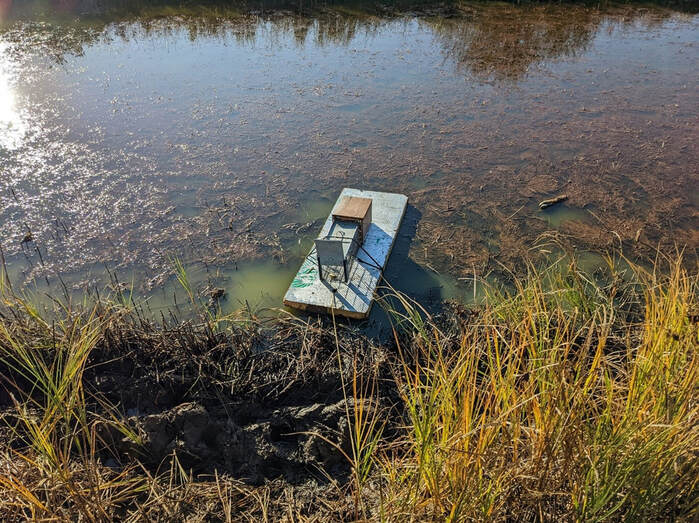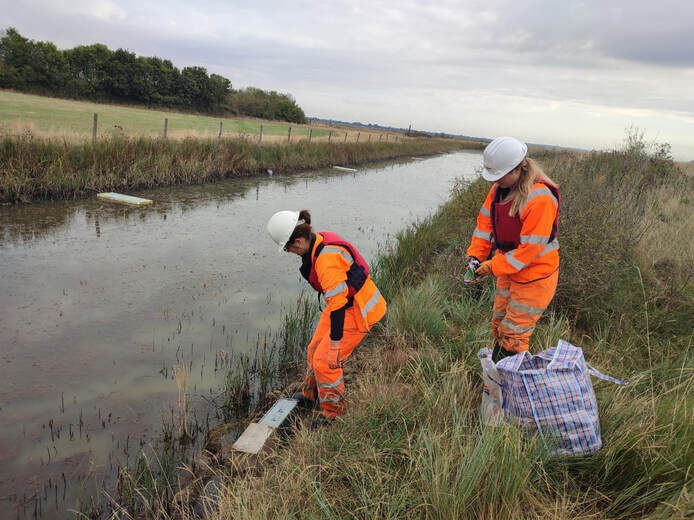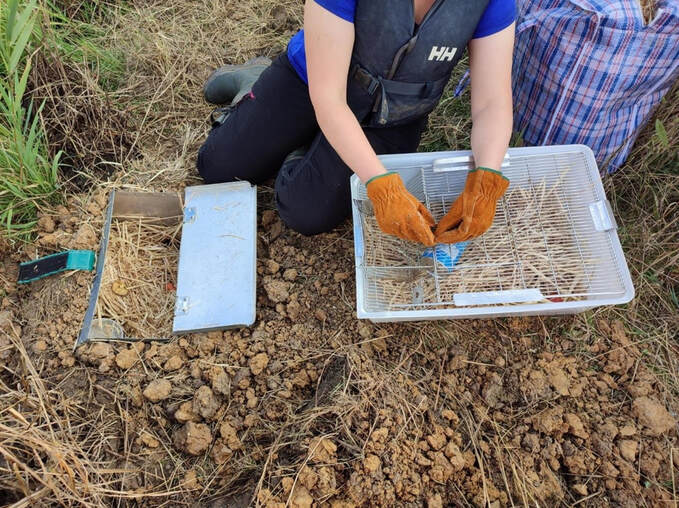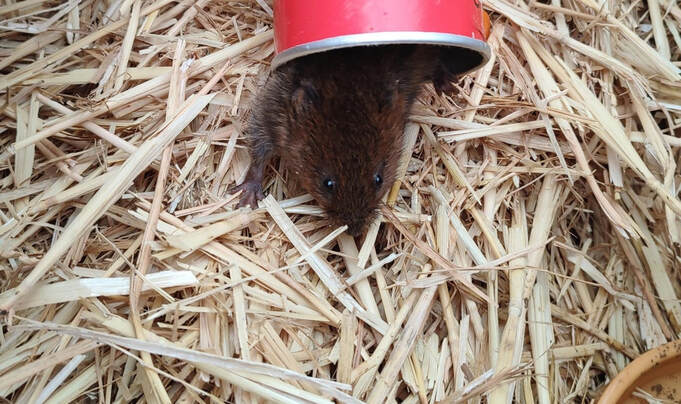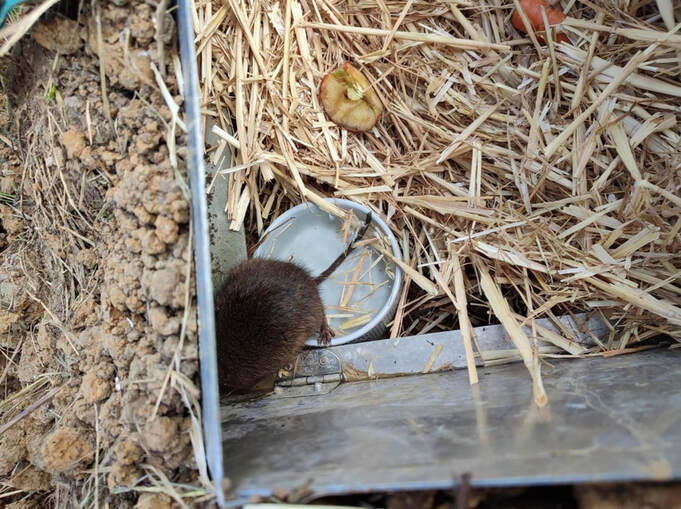|
Blog by David Mason, National Trust Ranger After a busy summer and autumn, much of our coastal adaptation work on the island has paused for the winter and the site is closed to visitors. Brent geese and other waterfowl and waders now have the place largely to themselves. WeBS counts have recorded a wide range of birds on and around the island with avocet, curlew, golden and grey plover, redshank, dunlin, lapwing, black-tailed godwit, wigeon, teal and Brent geese being most numerous. Other species, mainly clustered around the new freshwater pond, have included yellow wagtail, linnet, whinchat and kingfisher. This has been a very useful source of freshwater for birds during the extended dry and hot weather this year, although levels dropped severely towards the end of the summer. This also led to new hedge plants suffering, which had to be watered several times to keep them alive. Blanket weed smothered newly planted marginal plants as the water levels dropped as well. Volunteers helped with the watering and clearing blanket weed. The abundant autumn rain has provided a welcome top up for the water features on site, however. Water vole translocation As I mentioned in my last blog the road to establishing new saltmarsh is a long and complicated one, and involves a number of stages and licenses which need to be complied with and completed before the next one can be implemented. One of these has now been completed. Following a successful process of habitat creation, trapping and translocation, 16 water voles have now been relocated to their new home out of the reach of the sea on Northey Island. As part of a Natural England licensed translocation of a protected species a new freshwater pond was created in 2021 and vegetation has since established to provide a new home for water voles (as well as being popular with local birds, as mentioned above). The vole’s less-than-optimal, existing habitat is threatened by inundation by the sea and is to be realigned as part of the LIFE saltmarsh creation project. The voles were trapped and translocated over several weeks by licensed professionals. The voles are carefully removed from the traps in cages, with tubes from a well known brand of crisp, their ideal hidey hole in transit. These are then used to place them into bottomless release boxes dug into the bank of the receptor pond. The voles can feed on provided carrots and apples and then burrow out when they are ready. The fence around the pond will keep them contained until they are fully established and the managed realignment works are completed. When removed, the voles will have access to a wider network of ponds and ditches around the island. Monitoring of the voles will continue to check on their progress over the coming years. The way is now clear to remove part of the embankment next year to allow the tide in and begin the next phase in process of establishing new saltmarsh. Visitor facilities A new path has been installed to the hide, which overlooks the new vole pond and what will be the new intertidal area following the embankment realignment. If they are lucky visitors may see a vole or hear a plop as they enter the water. Along the track we have also installed a viewing platform and bench overlooking the river and mudflats towards Maldon. I led a guided walk for visitors in September to talk about the threats to saltmarsh from climate change and sea level rise and the importance of the managed realignment and habitat creation project in contributing to saving this habitat. Attendees were able to use the new facilities for the first time. Remembering the history of Northey As well as providing important habitats for local wildlife, the island was also the site of Battle of Maldon between Anglo Saxon and Viking armies, which took place here in 991AD. This is commemorated in an epic Anglo Saxon poem and an exciting Lego renactment on YouTube. The latter captivated year 5 pupils at a local school to whom I recently gave a talk about the island as part of their studies of the Vikings. Nobel Peace Prize winner Sir Norman Angell also lived here in the 20th C. Links to previous blogs about Northey Island Part 1: www.projectlote.life/news/northey-island Part 2: www.projectlote.life/news/ntconservationadaption
0 Comments
Leave a Reply. |
Archives
April 2024
Categories
All
Photo credits: Oystercatcher by Katie Nethercoat (rspb-images.com)
LOTE Logo credits: Saskia Wischnewski |

